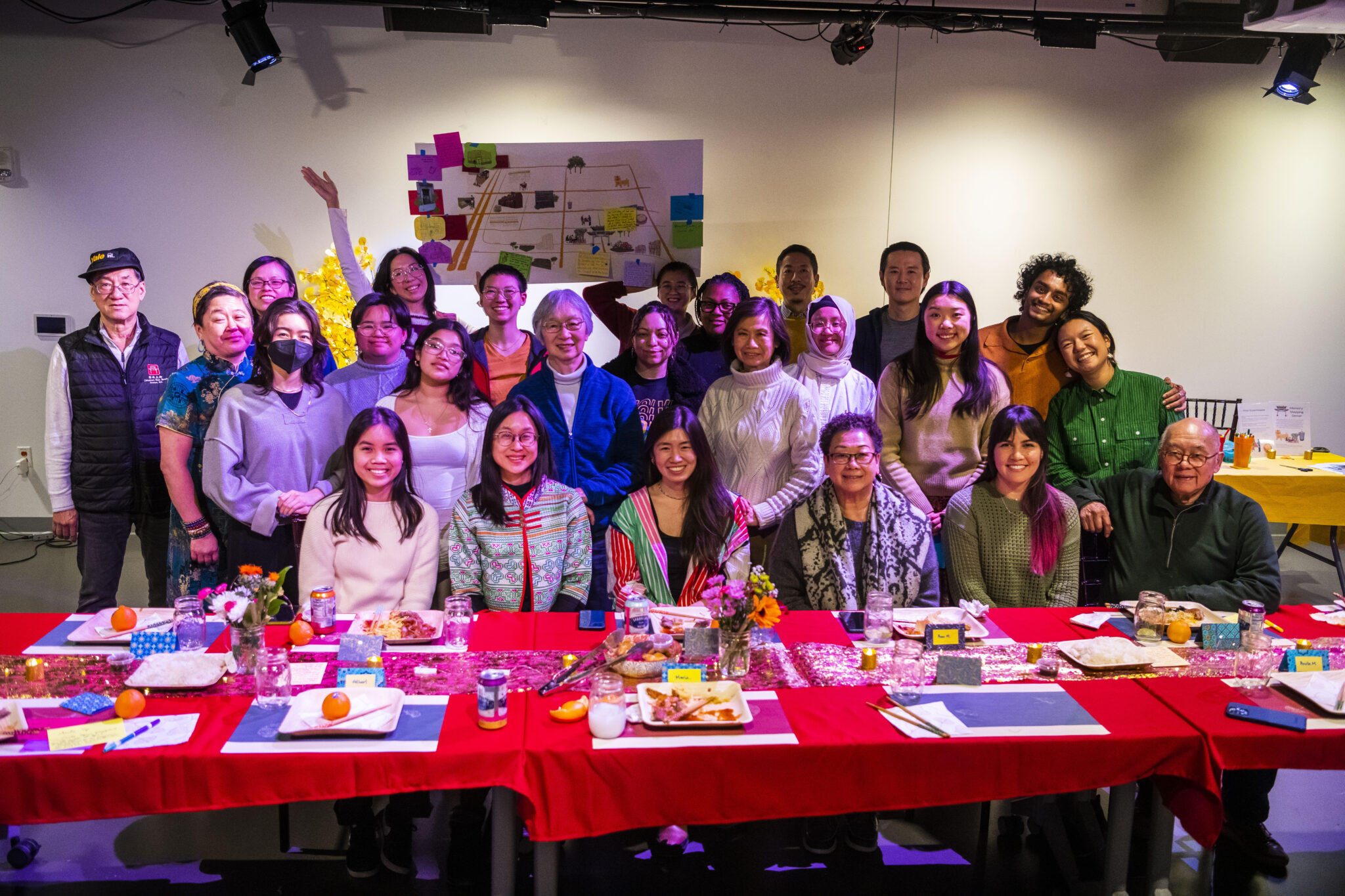Chinatown Cultural Plan 華埠文化規劃
點此看中文版 Click here for Chinese version
ABOUT
The Chinatown Cultural Plan is a collective strategy for the future of Chinatown as a historic cultural district and hub of culture and art . This Plan captures a snapshot of the current culture and art ecosystems in the neighborhood and lays out strategies that will sustain and nourish the people, places, businesses, and organizations that create culture and art in Chinatown. As an addendum to the Chinatown Master Plan, the Cultural Plan articulates a set of shared vision, values, and actions that are needed to preserve Chinatown's place as a flourishing cultural space for Boston’s immigrant, working class, and Asian diasporic communities.
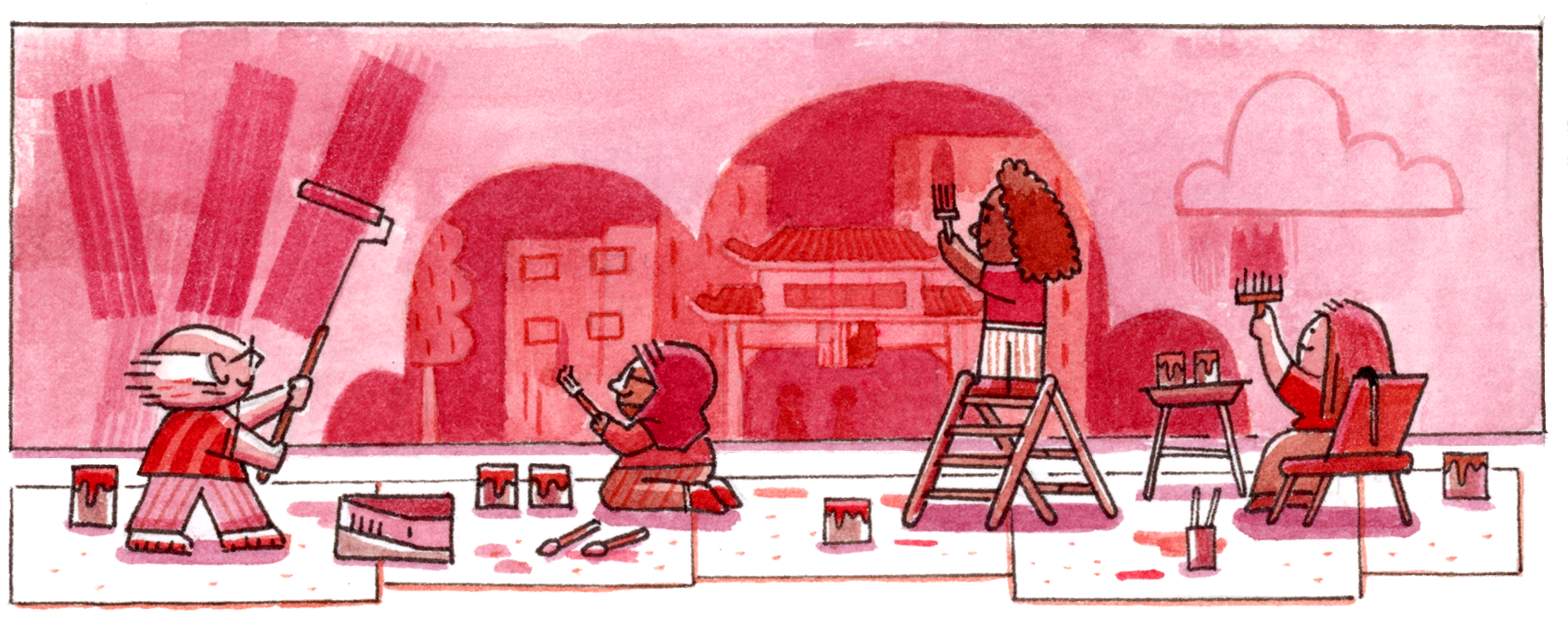
Background
WHY DOES CHINATOWN NEED A CULTURAL PLAN?
While cultural programming in Chinatown thrives, the threat of displacement looms larger than ever for the working class, immigrant individuals who create this neighborhood’s unique culture. Residents and community organizations recognize that, in order for culture to flourish, there must be a coordinated effort to preserve resources for culture-bearing people, places, businesses, and institutions amidst urban development pressures. Creating and preserving “culture” is not just about aesthetics or consumer goods; it is about people and their ways of life, and protecting culture as a source of strength, belonging, and well-being. In the words of planner Ananth Udupa, “If you have a house but you don’t have people to live in it with, it becomes so much harder to be alive.” A cultural plan is a critical tool that coordinates strategies and stakeholders around safeguarding Chinatown's art and culture ecosystems. and ensuring that they continue to flourish into the future.
“We don’t want Chinatown reduced to a Disneyworld experience of what a Chinatown should be. We need to make sure Chinatown remains a place where complex identities, diasporas, and conversations can occur, and a vibrant part of cultural life for anyone to experience and see themselves reflected in.”
- Cynthia Woo
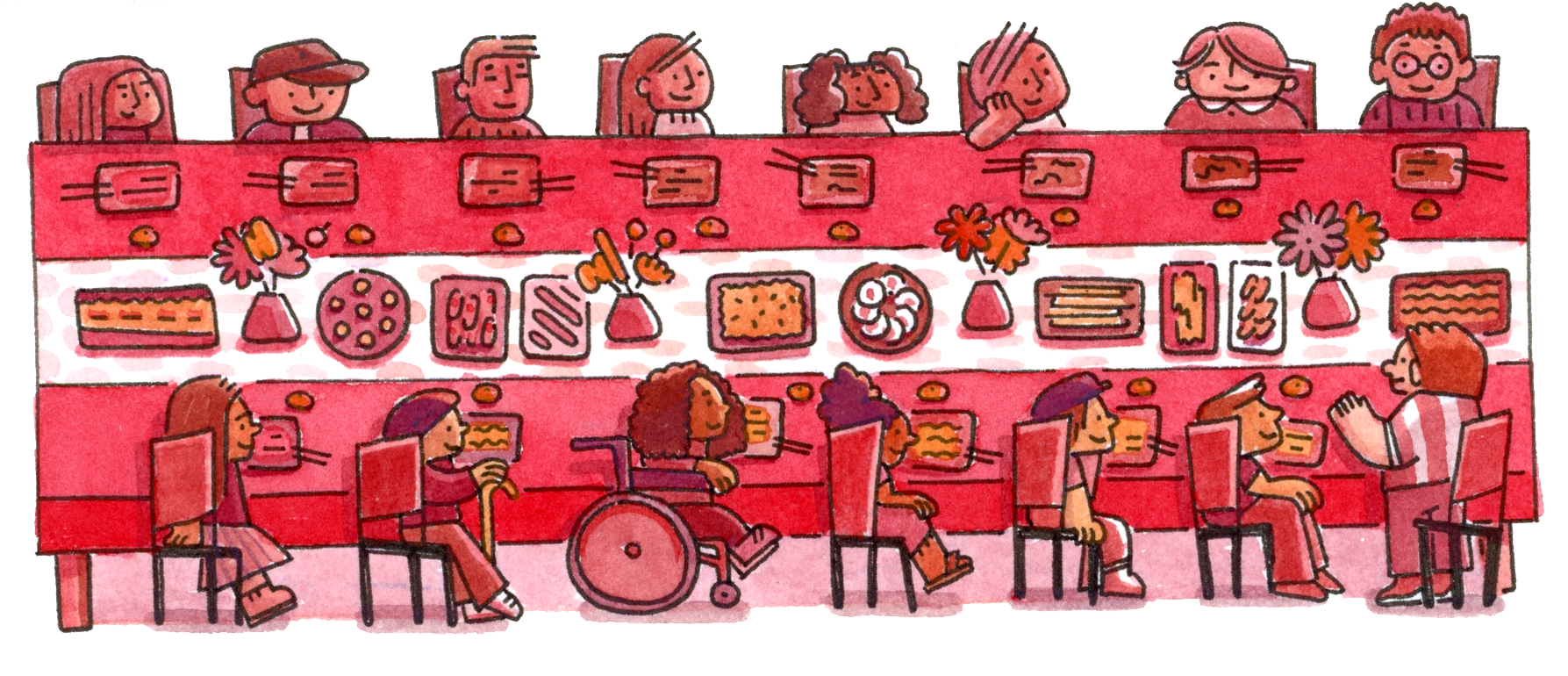
Process
The process behind the Cultural Plan began with conversations among various organizations, including ACDC, Pao Arts Center, Chinatown Community Land Trust, and the Rose Kennedy Greenway, to organize and streamline the community’s various art and cultural strategies. These efforts followed the work by the Chinatown Master Plan Committee and Metropolitan Area Planning Commission (MAPC) in 2018 to lead a participatory community planning process that resulted in the 2020 Chinatown Master Plan.
An important aspect of this project was artist involvement in the planning process. The group hired an artist team to design, execute, and document creative community engagement events. The artists were charged with creating an engagement strategy that reached diverse sectors of community and captured feedback through multiple senses and ways of knowing.
“If we want Chinatown to develop as a cultural district, you need to think about how culture, streets, housing, and different policy pieces are related … And we wanted to have more than surveys and focus groups, and we wanted different ways for people to relate to the plan, which is why we wanted artists to be involved in the process.”
– Lydia Lowe
Community Engagement
The artist team’s approach to community engagement was based on the design principles of:
- Engagements should be offerings to the community, and non-extractive
- Engagements should provide levels of engagement to ensure a range of participation
It was deeply important to the artist team that these engagements were joyful, inviting and open-ended to encourage expansive definitions of Chinatown culture across many different demographics.
MEMORY MAPPING DINNER
MEMORY MAPPING DINNER was a storytelling dinner event. Participants were asked to bring a location and a story that evokes the feeling of belonging in Chinatown. During the dinner, each participant shared a story and added their location to a map designed by artist Katelyn Lipton. Inspired by Evelyn Rydz’s Comida Casera Project, this dinner was designed to be a curated, deeper-level engagement that invited residents, organization leaders, artists, youth, and more to enjoy each others’ stories and enjoy food from Chinatown restaurants. The second dinner was focused specifically on residents and conducted primarily in Cantonese.
Key questions: What places in Chinatown evoke a feeling of belonging in Chinatown? What are Chinatown’s cultural assets?
Engagement level: Deeper conversation
Number of participants: 50+
Events: January 18 and March 7, 2024 at Pao Arts Center
HUMANS OF CHINATOWN
HUMANS OF CHINATOWN was a photo portrait and interview series focused on collecting stories centered on the question, “What makes Chinatown sacred to you?” Artist team member Mel Taing created a portrait ‘photo booth’ and photographed the participants who then were interviewed by a small team of interviewers. After the event, every participant received their portrait as an offering of gratitude and a memento of participation. We brought this activity to pre-existing events within Chinatown to engage a wide range of participants from residents, college students, community leaders, Chinatown youth, and more.
Key questions: What makes Chinatown sacred to you? If Chinatown were to disappear tomorrow, what sights/sounds/smells/tastes would you miss? What do you enjoy today in Chinatown that you would like future generations to have?
Engagement level: Drop-in
Number of participants: 50+
Events: October 28, 2024, with A-VOYCE’s SaturPLAY (Mary Soo Hoo Park), November 11, 2024, with ACDC’s Dancing Dragon Opening (Hudson Street Stoop)
Timeline of Arts Activism in Chinatown
In Chinatown, there has been a long history of artists getting involved in activist movements to create, organize, educate, agitate, document, and inspire. This timeline was crowdsourced from a number of community members, who submitted many examples of “art” and “activism” from 1979 to the present day. While this list is incomplete, we hope it can give you a taste of the long history of arts activism in Chinatown, and inspire future artists and activists alike.
Contributors: Lydia Lowe, Vivian WuWong, Wen-ti Tsen, Ponnapa Prakkamakul, Christina R Chan, Maria Fong, Lily Xie, Jeremy Liu, Mike Blockstein, Rebecca Leu, and Helen Liu
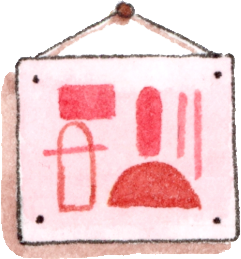


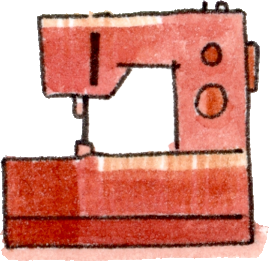

1976: First Boston exhibition of Asian American artists
Collaborators: Asian American Resource Workshop
1985: Long Road to Justice: The Case of Long Guang Huang
Film created in support of a campaign seeking justice for Long Guang Huang, a victim of police brutality in Chinatown. In 1989, Huang was awarded a settlement of $85,000 by the City of Boston.
Collaborators: Asian American Resource Workshop
1986: Unity/Community: the Chinatown Community Mural
Prior to being torn down in 2002 due to private development, the Chinatown Unity Community Mural covered the wall at 38 Ash Street. The mural was co-designed by Wen-ti Tsen and David Fichter, in collaboration with many members of the Chinatown community.
Collaborators: Wen-ti Tsen, David Fichter, Asian American Resource Workshop, and more
1987: Through Strength and Struggle
“Through Strength and Struggle” is a documentary film about the P&L garment workers.
Collaborators: Asian American Resource Workshop
1987: Paper Angels
“Paper Angels” by Genny Lim was a groundbreaking one act about the Chinese immigrants detained in 1915 on Angel Island in the San Francisco Bay, who risked everything for a better life in America. Produced by Asian American Resource Workshop and East Coast Asian Student Union.
Collaborators: Genny Lim, Michael Shin, Christina R Chan, Su Tip, Anita Wong, and more




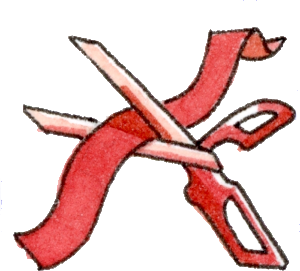
1989: First city-wide Asian Pacific American Heritage Month celebration
The Asian American Resource Workshop initiated the first of many celebrations of Asian Pacific American Heritage Month in May 1989, featuring San Jose Taiko.
1990-1994: Media Education Project
Asian American Resource Workshop collaborated on the Media Education Project with Roxbury Community News and Hispanic Office for Planning and Evaluation to document the media’s biased portrayals of communities of color.
Collaborators: Asian American Resource Workshop, Roxbury Community News and Hispanic Office for Planning and Evaluation
1990-1999: Welcome to Asian America
A series of multimedia art exhibits about the experiences of being Asian American. Themes included “Challenging the Myths” (1993), “Visualizing a New World” (1995), and “Drama, Poetry, and Dance” (1996)
Collaborators: Asian American Resource Workshop
1992: The Asian American Comic Book
Co-created with the Asian American Resource Workshop, The Asian American Comic Book shares stories of four Asian American experiences.
Collaborators: Wen-ti Tsen, Asian American Resource Workshop
1993-1994: Coalition to Protect Parcel C for Chinatown
In the fight to oppose the T-NEMC parking garage proposal for Parcel C, many art practices were used, including a mock dedication ceremony for the imagined community center, complete with ribbon cutting and firecrackers.
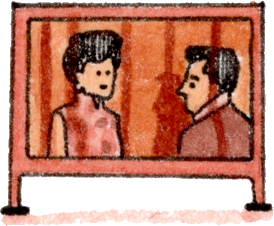



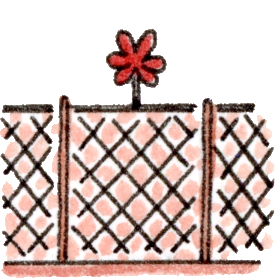
1995: First Boston Asian American Film Festival
Now New England’s largest Asian American film festival, BAAFF was founded in 1995 by the Asian American Resource Workshop, and highlights independent cinema by and/or about the Asian diaspora.
Collaborators: Asian American Resource Workshop, Arts Emerson
1999-2001: A Chinatown Banquet
A Chinatown Banquet was an arts, education and civic engagement project led by artist Mike Blockstein that engaged local youth to explore Boston Chinatown's history and culture.
Collaborators: Mike Blockstein, Jeremy Liu, Eun-Joung Lee, DoWhile Studio, numerous local organizations
2001: Liberty Place Car Jam
Car Jam. To oppose Liberty Place project we organized a traffic jam with same number of cars as planned parking garage to highlight negative traffic impacts.
Collaborators: Jeremy Liu, Hiroko Kikuchi, ACDC, many many drivers
2006-2015: Wong/Yee Memorial Gallery
The Wong/Yee Gallery hosted 15+ exhibits and artist events in a corridor within Chinese Progressive Association, curated by the volunteer W/Y Gallery Committee.
Collaborators: Wen-ti Tsen, Giles Li, Lydia Lowe, Tom Chen, Jasmine Lee, Carolyn Chou, Shiliu Wang, Lorrayne Shen, and more
2000-2005: Hudson Street for Chinatown Campaign
HSC integrated a variety of arts practices in the campaign for community control over the redevelopment of Parcel 24, including story share, documentary, and guerrilla art installations.

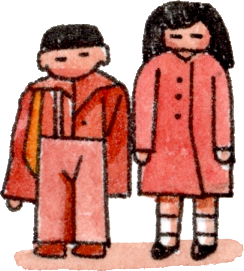
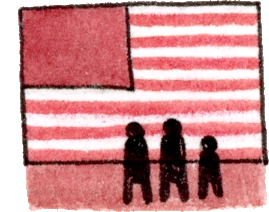
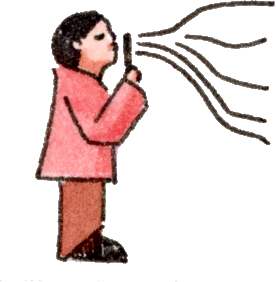
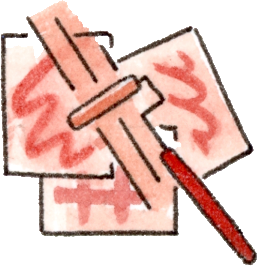
2014-2015: R Visions for Chinatown
R Visions for Chinatown was a series of temporary art interventions in Boston’s Chinatown, highlighting public properties with potential for community development and pushing against displacement. Art interventions included yarn-bombing, murals, performances, installations, and more.
Collaborators: Chinese Progressive Association, Wen-ti Tsen, Chu Huang, Catalina Tang, Jennifer Lin-Weinheimer, Keith Francis, Pampi Thirdeyefell, Loreto P. Ansaldo, Maryann Colella, Andrea Zampitella, Monica Mitchell, and more
2016: Home Town
"Home Town” is an art project that supports the movement in Boston’s Chinatown of the last several years to counteract the extensive urban developments and gentrification that is threatening the integrity of the community.
Collaborators: Wen-ti Tsen
2017: Facing Exclusion: Pioneering Activists Harry Dow and Tien Fu Wu
A multimedia community event highlighting the Chinese Exclusion Act of 1882 and President Trump's 2017 Ban on Muslim Immigration.
Collaborators: Christina R Chan, Eric Cheung, Tim Corbett, Alexander Holden, Sophia Koevary, Danny Mourino, Josh Santor, produced by The Chinese Historical Society of New England (CHSNE) and ArtsEmerson
2017: Tied Together by a Thousand Threads
Tied Together by a Thousand Threads was ACDC’s first ANCHOR project, using community-centered public art to combat gentrification in Chinatown. It was last restored in 2023.
Collaborators: Shaina Lu, Yvonne Ng, ACDC's A-VOYCE Youth
2016: The Against-Gentrification Mural
The Against-Gentrification Mural was an action event that invited Chinatown residents and local activists to create a 30 foot, temporary mural in CPA’s Wong/Yee Gallery. The painting was done in 3 different-day sessions, with the participation of around 200 old and young people.

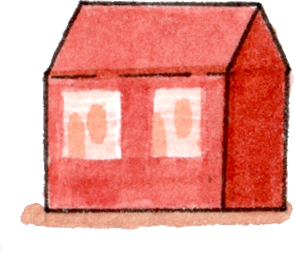
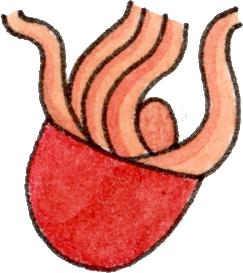
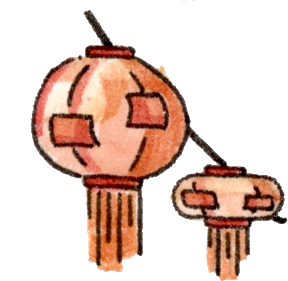

2018-2022: Residence Lab
Residence Lab is an innovative residency by Pao Arts Center and the Asian Community Development Corporation that empowers artists and residents to collectively preserve Boston’s Chinatown through creative and artistic activation of underutilized sites in the neighborhood.
Collaborators: Pao Arts Center, Asian Community Development Corporation
2020-2022: Washing
Washing was a multimedia art project about the impacts of highway construction on Chinatown residents, and their present-day visions for environmental, cultural, and material repair.
Collaborators: Lily Xie, Maggie Chu, Charlene Huang, Chu Huang, Dianyvet Serrano, ACDC (Jeena Chang and May Lui)
2021: Where We Belong (歸屬歸宿)
Where We Belong is a collaborative mural between Asian Community Development Corporation's AVOYCE Youth and Ponnapa Prakkamakul. The mural celebrates community stories and anchors Chinatown’s northern edge at 79 Essex Street.
Collaborators: Ponnapa Prakkamakul, Asian Community Development Corporation, Oxford Properties Group
2020-Present: Lantern Stories
Artist Yu-Wen Wu created 31 hanging lanterns that highlight history, culture, the arts, education, entrepreneurship, and social justice in Chinatown. Wu collaborated with community and storytellers in Boston to design the lantern imagery.
Collaborators: Yu-Wen Wu, Rose Kennedy Greenway Conservancy
2021-2022: Hudson Street Stoop: Storytell & Sway
Hudson Street Stoop is a public art project by to transform One Greenway Park into an activated & inclusive stoop. The inaugural installation was "Storytell & Sway" by local artist Gianna Stewart.
Collaborators: Gianna Stewart, ACDC, and Chinatown Residents
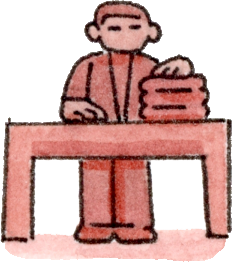
Ongoing: Chinatown Worker Statues
The four Chinatown Worker Statues honor immigrant workers who have uplifted Boston Chinatown through their essential labor over the decades: the laundryman, the restaurant worker, the garment worker, and the grandmother tending a child. The figures will be cast in bronze and permanently installed in public spaces across Chinatown.
Collaborators: Wen-ti Tsen
Lessons and Takeaways
What makes Chinatown, Chinatown? What does Chinatown need for its current culture to thrive? And what does Chinatown need for its culture to shapeshift and grow in the future?
Through our community engagements, we heard many answers to these questions from residents and members of the community. To learn more and read the Chinatown Cultural Plan, please click here.
“For me, the taste that I would miss the most in Chinatown is “not too sweet”. A lot of things here in American are very sweetened. But the bakeries here around Chinatown, they’re just perfect in terms of sweetness – which is “not too sweet.”
- Jake Kwan
“I like seeing older people playing and just hanging out at the park. It's nice to see that they're able to still feel a sense of community in the area, even though I know it's changed a lot in the last decade. ”
- Ashley Kwan
IF CHINATOWN DISAPPEARED TOMORROW, WHAT WOULD YOU MISS?

“I think if Chinatown were to completely disappear, the thing I would miss the most would be the sound of people speaking in Mandarin and Cantonese. I didn't grow up speaking the language or being around people who spoke it, because I’m adopted, and my parents are white Americans. Chinatown was the one place I could go and connect with people who look like me and share the same cultural background.”
- Devon Stahl
“Chinatown is not a collection of restaurants. The true stories of Chinatown are above the restaurants.”
- Cynthia Yee
“I like to see aunties walking on the sidewalks together and speaking Cantonese or Taishanese. And they speak loud and they're having a good time.”
- Lily Song
WHAT MAKES CHINATOWN, CHINATOWN?

“One of my best friends when I was in grad school lived in Chinatown. … His landlord never raised the rent. [He] was very explicit about it. He was really trying to protect a very kind of a close knit, word of mouth market. Not let Chinatown gentrify and not put it for the highest bidder on the market.”
- Andres Sevtsuk
“I was volunteering at CPA [Chinese Progressive Association] to help the garment workers get their rights because they were just laid off. And across the way, the AARW [Asian American Resource Workshop] put on a play called Paper Angels [...] about the early detainees in Angel Island. Through this play, I found out my paternal grandfather was a paper son … How come no one told me that? The public schools that I went to never talked about that. And here I am learning about this play at the AARW.”
- Christina Chan
WHAT IS A MEMORY IN CHINATOWN THAT EVOKES A FEELING OF BELONGING?
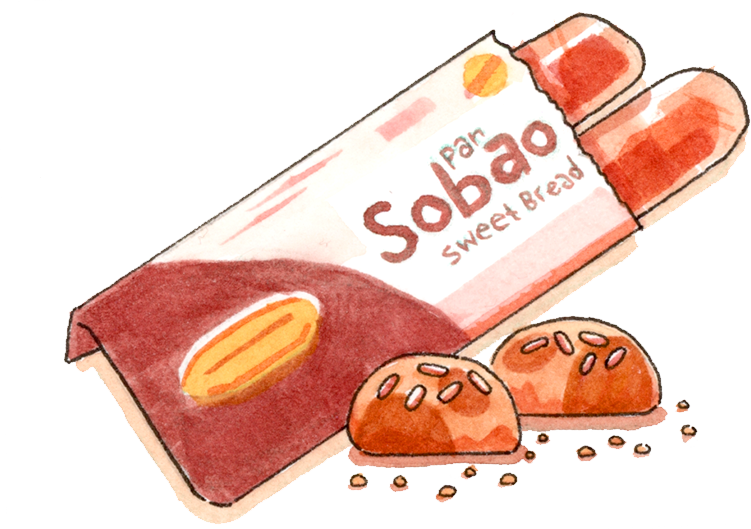
“[At] the Corner Bakery, there's this almond bun. That is home. It's just so delicious … I ate it on the way here. I'm Puerto Rican. And it reminds me of what we have, called pan sobao. It makes me think of that feeling of being in Puerto Rico, going to a bakery and getting that fresh bread, and saying that you're going to bring it home, but like, you eat it before you can even get home.”
- Dianyvet Serrano
“I worked with my mother during the summers in the garment shops during high school. When they finished work, all the garment workers would go to the corner grocery store to see what is the fresh ingredients for the day so that they can take it home to cook that night. … I remember that gave me a sense of communy. All the people coming together, buying ingredients to go home to cook. [The garment workers] also joined their union, which the building is still there on the corner on Harrison. And I remember going with my mother up to the union hall.”
- Suzanne Lee
“The most sacred thing about Chinatown is: it's home. I'm third generation here in Chinatown. My grandmother grew up here, my mom grew up here. We were one of the first families to return back to Hudson Street when the evictions came, back in the 60s. I'm fortunate enough to come back to where my grandmother had her home. And just want to make sure that, with my son growing up. that this is permanent home for him, too.”
- Courtney Ho
WHAT MAKES CHINATOWN SACRED TO YOU?
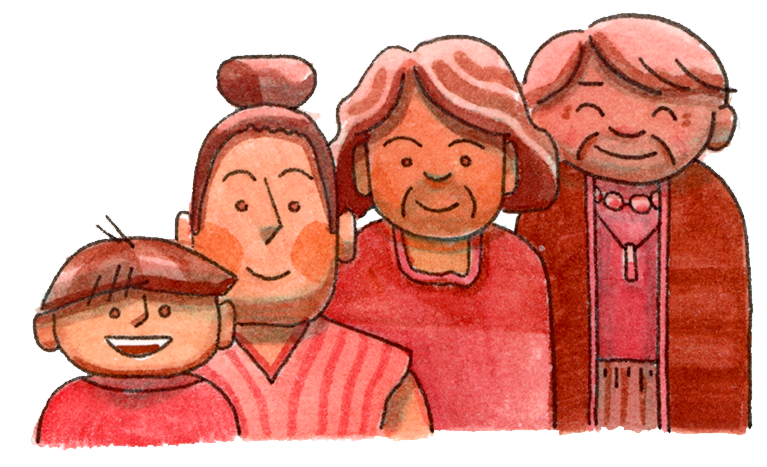
“What is sacred about Chinatown is community. And not allowing things to come in and break that community. Like, I'm talking to Nian Jie Jie, who's selling her gua. I just bought her gua. … She tells me how to cook it. You don't get that at Whole Foods. No, and that's the most sacred thing in Chinatown, is community.”
- Cynthia Yee
“The history of community organizing in Chinatown is very sacred to me."
- Emma Ishida
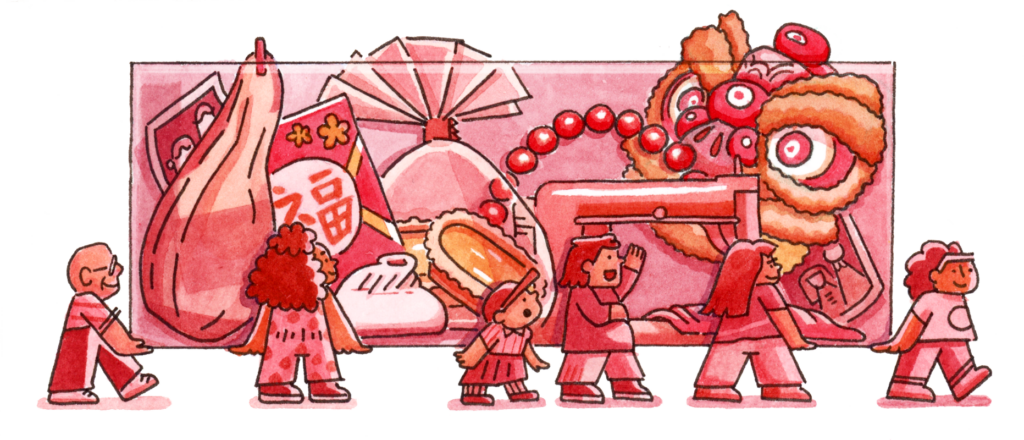
Partners
CULTURAL PLAN WORKING GROUP
- Audrey Lopez, Director and Curator of Public Art, Rose Kennedy Greenway Conservancy
- Cynthia Woo, Director, Pao Arts Center
- Rebecca Leu, Community Design and Planning Manager, Asian Community Development Corporation
- Jenny Huang, Director of Community Design and Planning, Asian Community Development Corporation
- Lydia Lowe, she/her, Director, Chinatown Community Land Trust
- Ananth Udupa, Associate Arts and Culture Planner, Metropolitan Area Planning Council
- Annis Sengupta, Director of Arts and Culture, Metropolitan Area Planning Council
- Anita Morson-Matra, Cultural Planning Project Manager, City of Boston Mayor’s Office of Arts and Culture
- Heang Rubin, artist
- Mel Taing, artist
- Lily Xie, artist
- Former members: Jeena Chang, Director of Community Programs & Design, Asian Community Development Corporation; Sheila Novak, Associate Curator of Public Art, the Rose Kennedy Greenway Conservancy
Credits
All illustrations by Yuko Okabe.
All photographs by Lee-Daniel Tran.
Website design and production by Lily Xie.
Chinatown Cultural Plan, 2024 [link forthcoming]
Chinatown Cultural Asset Story Map 2024 [link forthcoming]
The purpose of the Chinatown Cultural Plan is to knit distinct programs and initiatives led by community partners and the City of Boston into a strong fabric that preserves and grows the identity of Chinatown as an authentic neighborhood and historic cultural center.
The Chinatown Cultural Asset Storymap is an interactive tool to explore the places, organizations, and businesses that contribute to the identity of Chinatown as an authentic neighborhood and historic cultural center.
